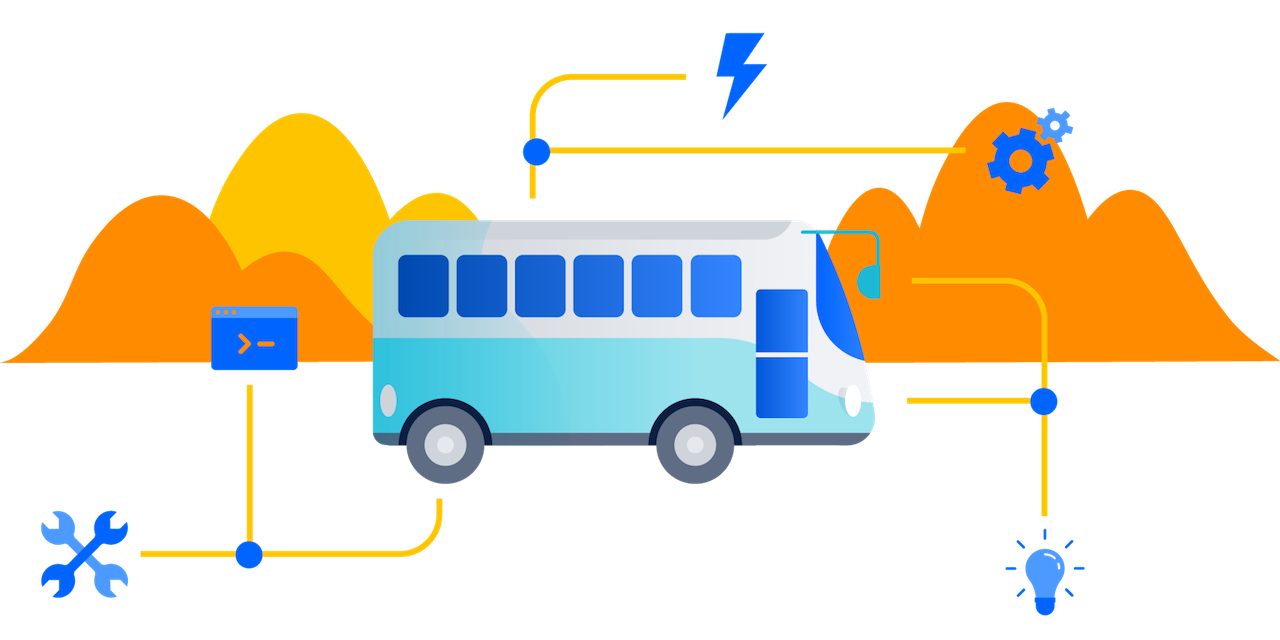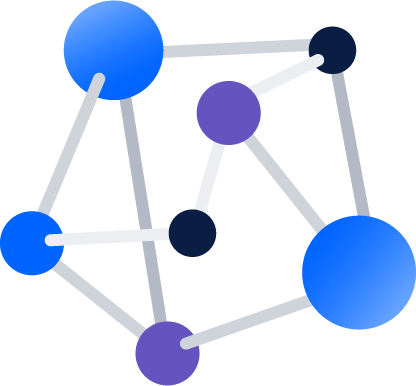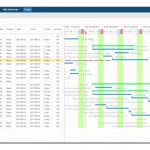This article was first posted on the Atlassian Blog.

It’s no secret that Japan is a world leader in car manufacturing and consumer electronics. And what is fascinating about Japanese manufacturing is its web of interconnected companies that work together toward a common goal. Each manufacturer has capital ties with dozens, or even hundreds, of other companies. This is called a “keiretsu.” These groups of companies work closely with each other in developing and manufacturing things like cars or consumer appliances.
Not surprisingly, each company tends to use their own development tools, but given their collaborative nature, companies in a keiretsu also need to share tools with external vendors to make sure they provide consumers with the advanced features and services they require.
With so many people involved in the keiretsu, finding a tool that can be used effectively by everyone can be supremely difficult. Here’s how one major player in the Japanese automotive industry, with more than ten billion in annual revenue and 100,000 employees, rose to the challenge.
Providing software expertise to match hardware expertise
Since product development in Japan tends to be driven by the development of hardware, companies often lack people with experience in software. So if a company wants to use Atlassian tools like JIRA Software, it might be difficult for them to find engineers who can actually implement these tools for software development purposes. That’s where we at Ricksoft can help. Our experience implementing Atlassian toolchains for large-size customers means we can easily provide the technical support our clients need.
On top of the need for software, our client also needed a way for its thousands of engineers working on their product to work in an organized schedule. For this we suggested using a Gantt chart. Gantt charts provide a visual view of work being completed over time across many different teams and functions. They help keep everyone on track about what needs to be done, and when.
After searching high and low for a Gantt chart tool that would suit our client’s needs, we decided to build it ourselves. To save time and resources, we sourced Gantt chart core components from an external vendor instead of developing them internally. Thanks to the component and support, we managed to develop a Gantt chart add-on which works on JIRA Software Server, and makes it so you can handle project information using Atlassian toolchains.
Atlassian spreads in the keiretsu
The customer initially rolled out their Atlassian tools to a smaller team of 100 people. But by the following year, adoption increased to several hundred users, and then to over 1,000 users the next!
Atlassian tools such as JIRA Software and Confluence were used for all new projects. As user numbers grew, performance requirements and customization demands also increased. As Atlassian Solution Partners, we were able to provide a variety of solutions for our customer’s needs and repeatedly tuned the performance of the Gantt chart add-on until it could seamlessly handle large amounts of data.
Thanks to the collaborative nature of the keiretsu, Atlassian was adopted by ten companies with a hundred licenses. Today, this dominant automotive supplier and its keiretsu are able to communicate faster and collaborate better now that they’re more unified in product development across the organization of a whole.
#Solution #Customer #wbsganttchart



